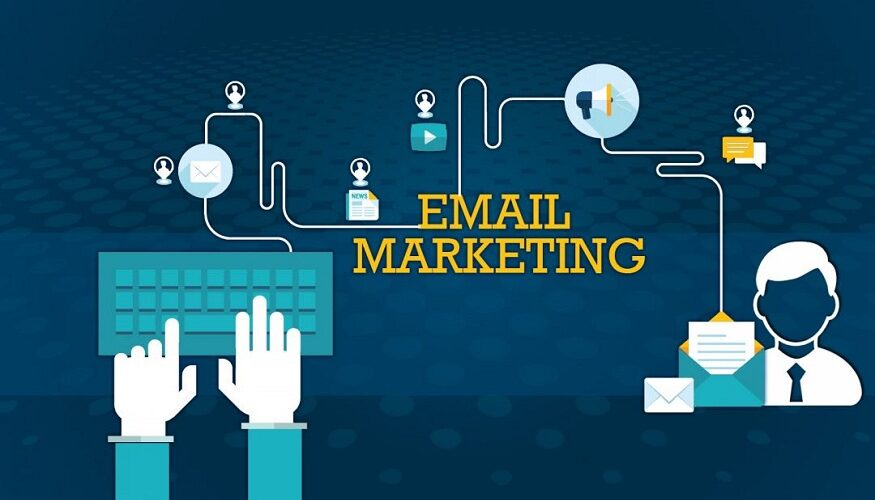Are you interested in creating an email marketing strategy for your e-commerce store this year? If not, the right time to start email marketing is right now. Given that email marketing can really leverage all that first-party data about your customer to send tailored communication to them, resulting in the amazing ROI it offers, having an email marketing strategy is absolutely crucial for any eCommerce store. However, If you are already overworked, the best option could be hiring an eCommerce email marketing agency that will ensure you the best results. But, if you are a hands-on type of person, and you have the time, then let us walk you through the basic steps you need to follow to start sending amazing emails to your leads and boosting your sales.
1. Get familiar with email marketing
It’s super easy to find information about email marketing, what it is and how to do it. There are plenty of online courses and marketing blogs that can give you the information you need to start. But it will also help you realize just how important email marketing is. Shopify lists email marketing on the top of their list of best marketing tools for eCommerce stores.
Email marketing helps you to stay by the side of your leads/customers at every step of the consumer journey and give them a personalized experience with your brand.
2. Choose an email marketing service
You need a marketing automation platform that allows you to automate your email marketing efforts. To choose the perfect service, consider your business needs and your goals, as well as the limitations of each platform.
Tons of email marketing platforms that can help you get your strategy started: Klaviyo, MailChimp, Omnisend, etc. Read about each one, and choose the one that fulfills your requirements.
3. Grow your list
To start sending emails, you need someone to send them to. So start adding people to your list. Remember, you need express consent from them wanting to receive marketing emails before adding them to your list. This way, you’ll be sure you are putting your efforts into sending emails to people that are interested in your brand and content.
These are some places you can look for profiles to add to your email list: email accounts, customer relationship management software, contact management systems, e-commerce systems, requests for new emails via social media or your website (pop-ups).
4. Build your flows
Flows are the most basic infrastructure you should have when you start building your email strategy because they help you set up a system that covers the full life cycle of a customer and because they are great for your deliverability and your Sending Reputation.
The most essential flows you need to set up are the Welcome Flow, Checkout Abandoned Flow, Post Purchase Flow, Browse Abandonment Flow, and Add-to-Cart Flow.
5. Start sending email campaigns
Once you have your flows, create a content strategy for your email campaigns. What are you sending, to whom, when, and what’s the goal of the campaign. These are all important elements you need to consider before sending an email campaign to your list.
6. Measure your success
Once you have your flows and you’re sending campaigns, you need to be aware of how your email marketing strategy is performing. To do this, you need to keep an eye on the most important email marketing metrics: email conversion rate, open rates, click rates, deliverability rate, and spam rate.
Now that you know the basics of email marketing, start your email marketing strategy or find the perfect eCommerce email marketing agency to do it, and enjoy the return on your investment.

